| Title | Double-pulse planar-LIF investigations using fluorescence motion analysis for mixture formation investigation |
| Publication Type | Journal Article |
| Year of Publication | 2008 |
| Authors | Scholz, J, Wiersbinski, T, Ruhnau, P, Kondermann, D, Garbe, CS, Hain, R, Beushausen, V |
| Journal | Exp. Fluids |
| Volume | 45 |
| Pagination | 583--593 |
| Abstract | A concept for dynamic mixture formation investigations of fuel/air mixtures is presented which can equally be applied to several other laser induced fluorescence (LIF) applications. Double-pulse LIF imaging was used to gain insight into dynamic mixture formation processes. The setup consists of a modified standard PIV setup. The "fuel/air ratio measurement by laser induced fluorescence (FARLIF)" approach is used for a quantification of the LIF images in order to obtain pairs of 2D fuel/air ratio maps. Two different evaluation concepts for LIF double pulse images are discussed. The first is based on the calculation of the temporal derivative field of the fuel/air ratio distribution. The result gives insight into the dynamic mixing process, showing where and how the mixture is changing locally. The second concept uses optical flow methods in order to estimate the motion of fluorescence (i.e., mixture) structures to gain insight into the dynamics, showing the distortion and the motion of the inhomogeneous mixture field. For this "fluorescence motion analysis" (FMA) two different evaluation approaches the "variational gradient based approach" and the "variational cross correlation based approach" are presented. For the validation of both, synthetic LIF image pairs with predefined motion fields were generated. Both methods were applied and the results compared with the known original motion field. This validation shows that FMA yields reliable results even for image pairs with low signal/noise ratio. Here, the "variational gradient based approach" turned out to be the better choice so far. Finally, the experimental combination of double-pulse FARLIF imaging with FMA and simultaneous PIV measurement is demonstrated. The comparison of the FMA motion field and the flow velocity field captured by PIV shows that both results basically reflect complementary information of the flow field. It is shown that the motion field of the fluorescence structures does not (necessarily) need to represent the actual flow velocity and that the flow velocity field alone can not illustrate the structure motion in any case. Therefore, the simultaneous measurement of both gives the deepest insight into the dynamic mixture formation process. The examined concepts and evaluation approaches of this paper can easily be adapted to various other planar LIF methods (with the LIF signal representing, e.g., species concentration, temperature, density etc.) broadening the insight for a wide range of different dynamic processes. |
| DOI | 10.1007/s00348-008-0537-x |
| Citation Key | scholz2008 |


